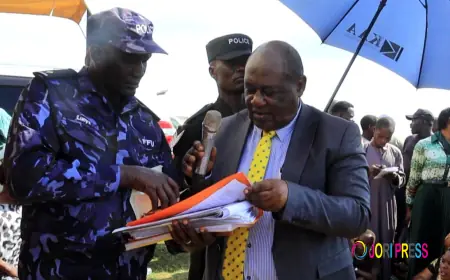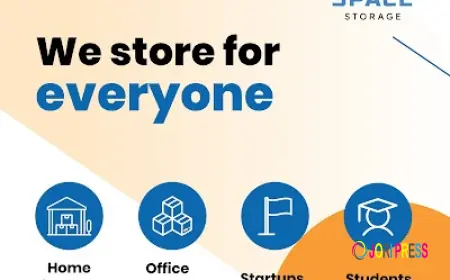New strategy: govt tells its story before misinformation does


Uganda has not stood still. Clinics have been built, schools expanded, roads laid down, and a wave of digital innovation has started to connect even the most remote corners of the country.
Yet much of this progress remains invisible. Achievements are whispered rather than broadcast, leaving citizens with fragments of the story. Into that silence slips something more corrosive: misinformation, frustration, and cynicism.
The roots of this silence run deep. For years, many government communication officers have sat at the same desks, in the same offices, doing the same work. Their loyalty is unquestionable, but time has dulled their edge.
Innovation has slowed, silos have hardened, and the voices that should carry the government’s story have grown faint. Surveys of citizen sentiment confirm what Ugandans feel in their bones: the anger is less about what government delivers, and more about how poorly, or how rarely, that delivery is communicated.
That is why a recent Cabinet decision marks a turning point. The Ministry of ICT & National Guidance (MoICT & NG) has been directed to act as the “mother ministry” for all government ICT and communication officers.
Under this mandate, the ministry is enforcing the Public Service Standing Orders, which require officers to rotate every three to five years. In practice, some had stayed in one place for over 12 years.
That stability may have provided comfort, but it also drained energy from the very role that should be shaping how government tells its story. The approach is not new to Uganda. The ministry of Finance centrally manages accountants and procurement officers.
The ministry of Public Service oversees human resource and records officers. The Office of the President supervises undersecretaries. Now, for the first time, communication officers are being recognized as part of this technical fold, specialists who need structure, professional management, and accountability.
Of course, rotation alone cannot solve the problem. Shifting faces without building skills risks changing little. The MoICT & NG seem to understand this. Alongside transfers, it has rolled out continuous training, from digital literacy and media engagement to advanced public relations and social media strategy.
The aim is to ensure officers are not simply managers of communication but leaders of it. To measure performance, the ministry has updated Key Performance Indicators (KPIs). Gone are outdated tallies of how many press releases were issued. In their place are metrics inspired by Integrated Marketing Communications, measures that prioritize engagement, storytelling, and impact.
Communication is no longer being treated as a checkbox, but as a function whose effectiveness can be tested in the reactions of citizens themselves. This reform is not just timely, it is urgent.
Uganda is one of the youngest countries in the world. Its citizens live and speak in digital spaces. Legacy media still matters, but the real conversations happen on phones, in WhatsApp groups, on X, Facebook, and TikTok.
A communication system built on quarterly press briefings and crisis-response press conferences cannot keep up with the speed of digital rumour. Proactive, continuous engagement is the only way forward. Silence leaves citizens to fill the gaps with speculation.
As one digital transformation leader put it: “Governments that succeed are those that treat communication as a service, not an announcement. Silence is never neutral.”
There are already examples within government that show what is possible. The State House, through the Government Citizens Interaction Centre (GCIC), has pioneered a model of a “listening government,” monitoring citizen feedback online and responding in real time. It is a small shift with a big impact, demonstrating that government can engage with citizens in the same spaces where misinformation often spreads.
Scaling such models across ministries could be transformative. Instead of fragmented responses, the government could offer coordinated, human-centered engagement. Citizens would not only hear from the government when there is a crisis, but in the course of their everyday digital lives.
The reforms underway are bold, but they are only the beginning. To truly rebuild public trust, MoICT & NG must do more than shuffle staff and update KPIs. It must foster a culture of continuous communication.
Officers must be equipped with modern digital tools, from social listening software to data-driven analytics, that allow them to engage proactively with Uganda’s young majority. Central hubs like GCIC must be linked with ministries and agencies so that responses are coordinated, not contradictory.
What's Your Reaction?
 Like
0
Like
0
 Dislike
0
Dislike
0
 Love
0
Love
0
 Funny
0
Funny
0
 Angry
0
Angry
0
 Sad
0
Sad
0
 Wow
0
Wow
0



























































